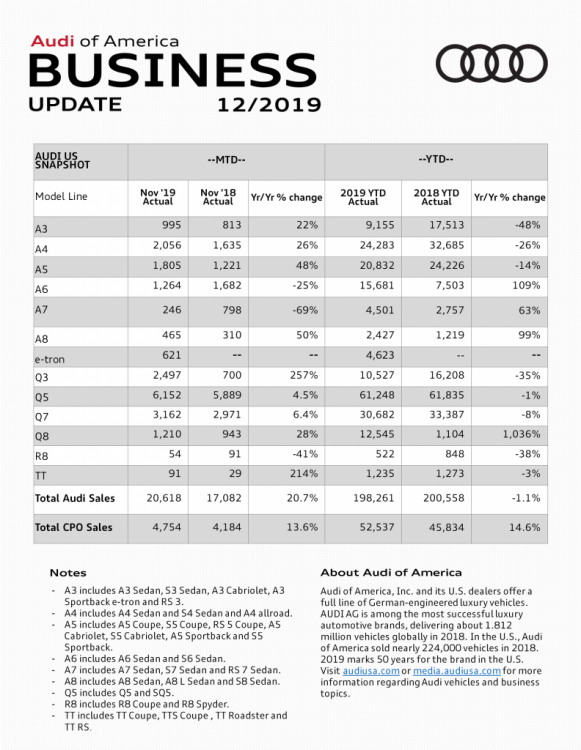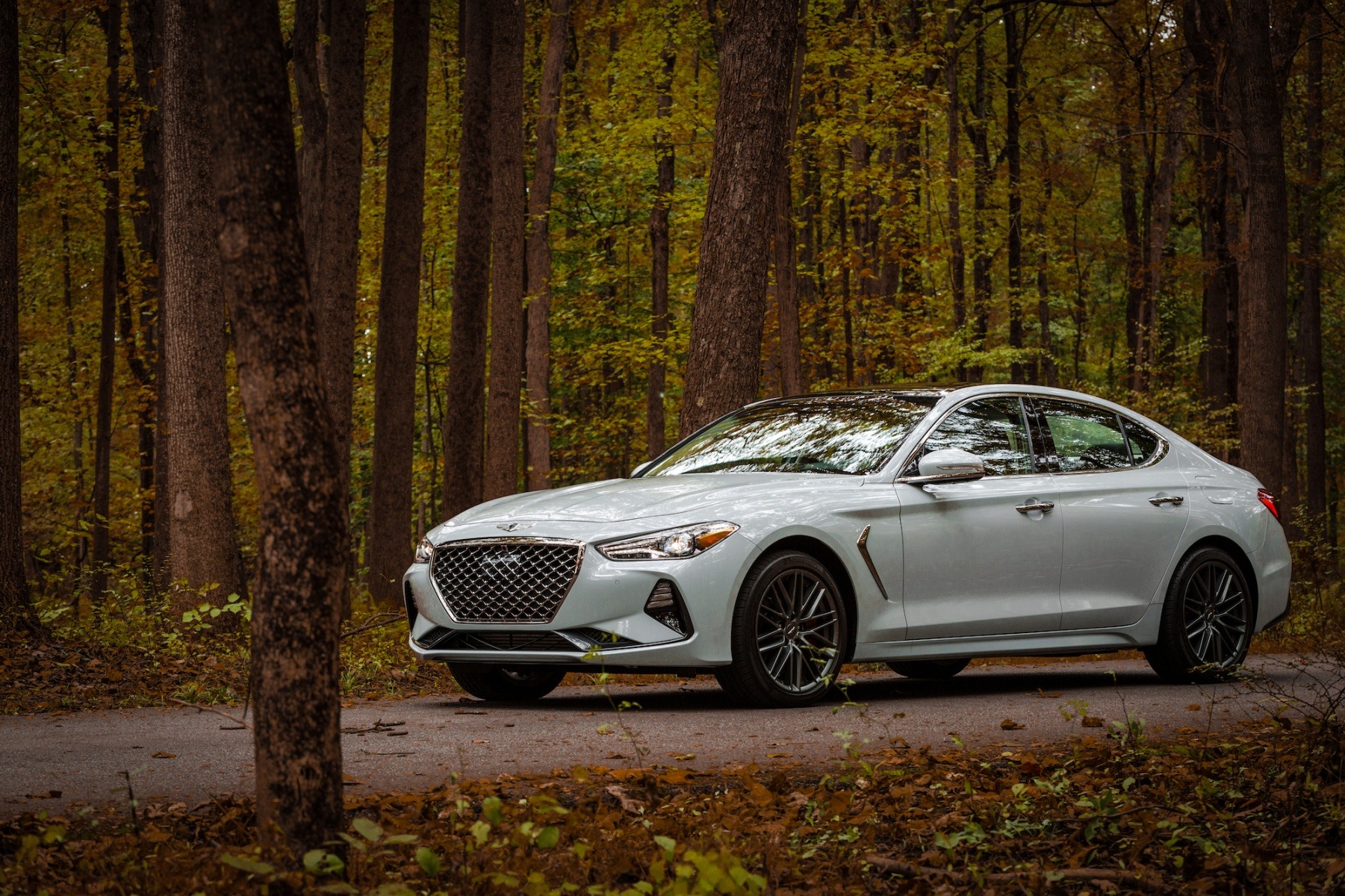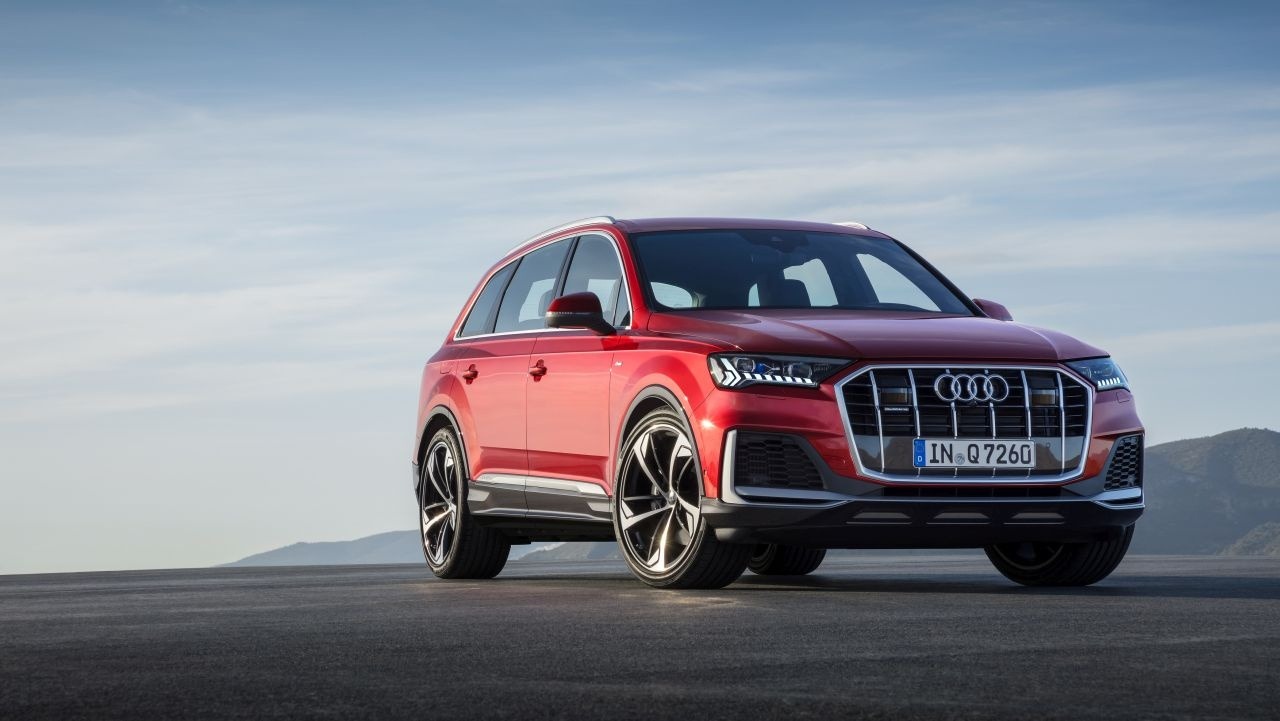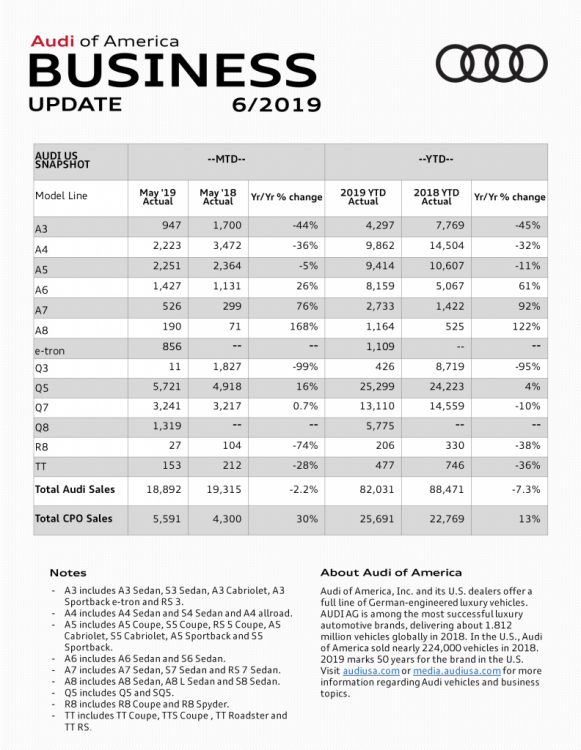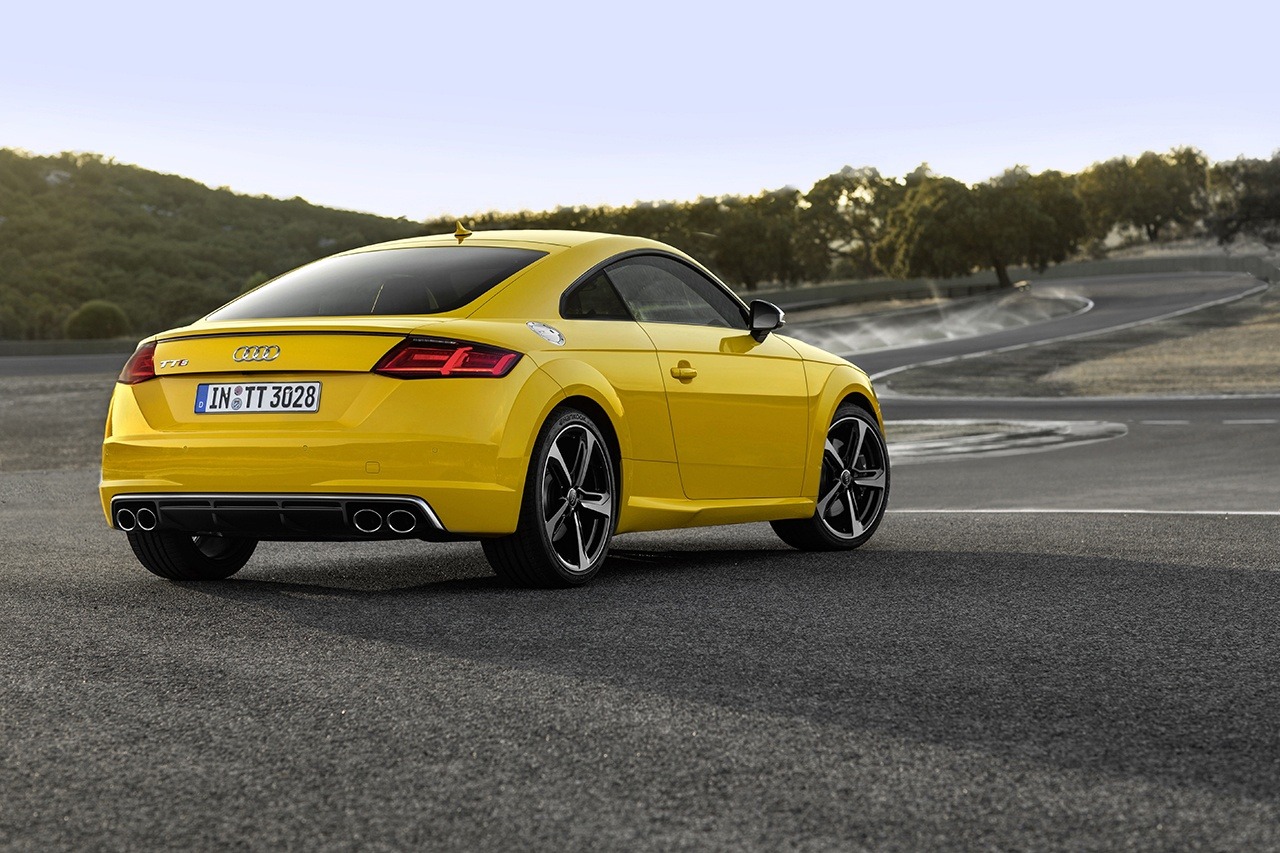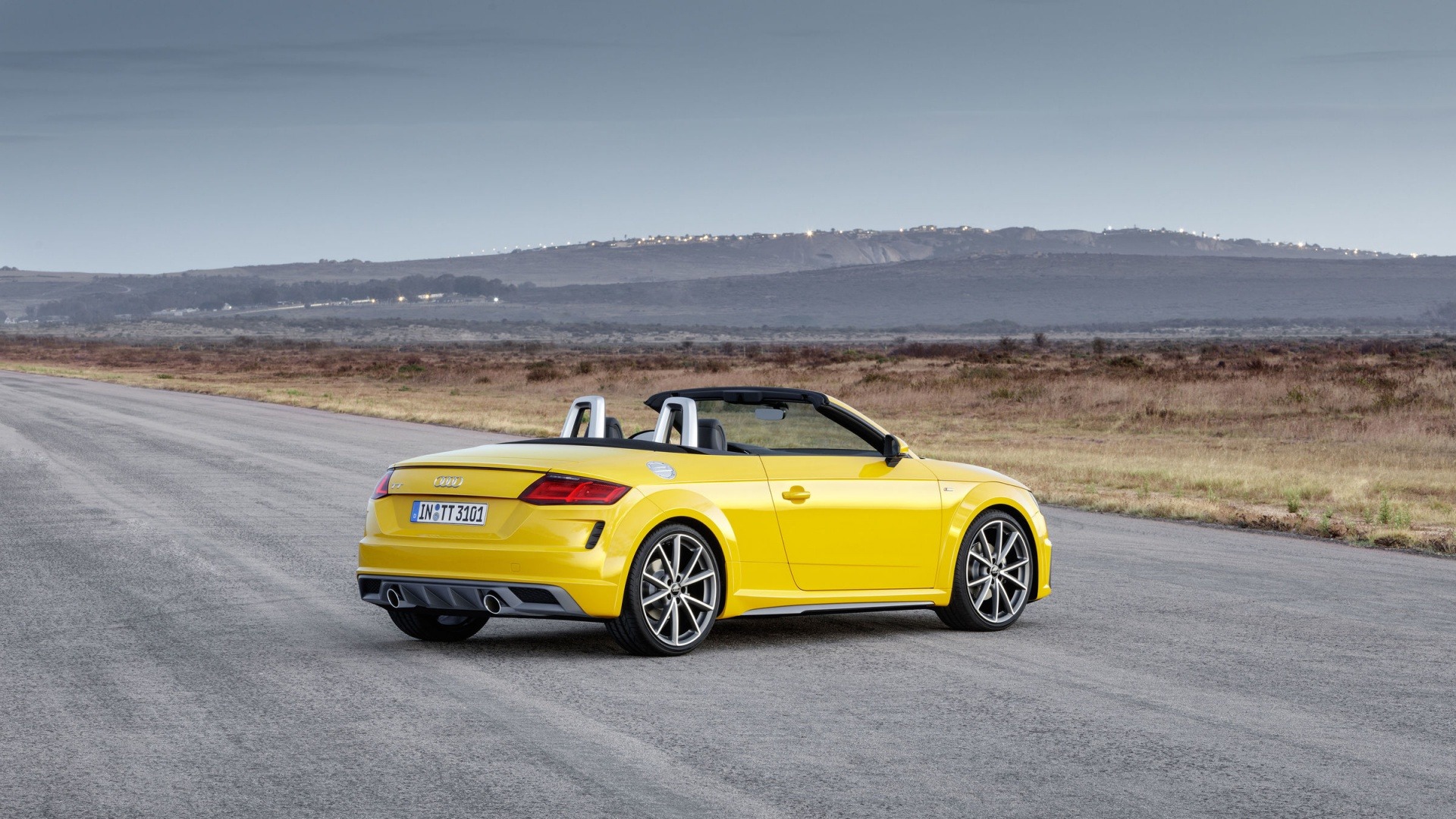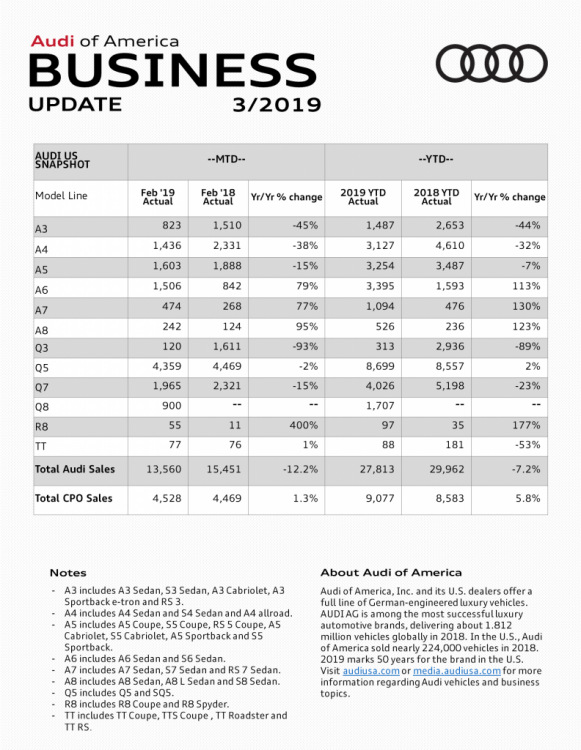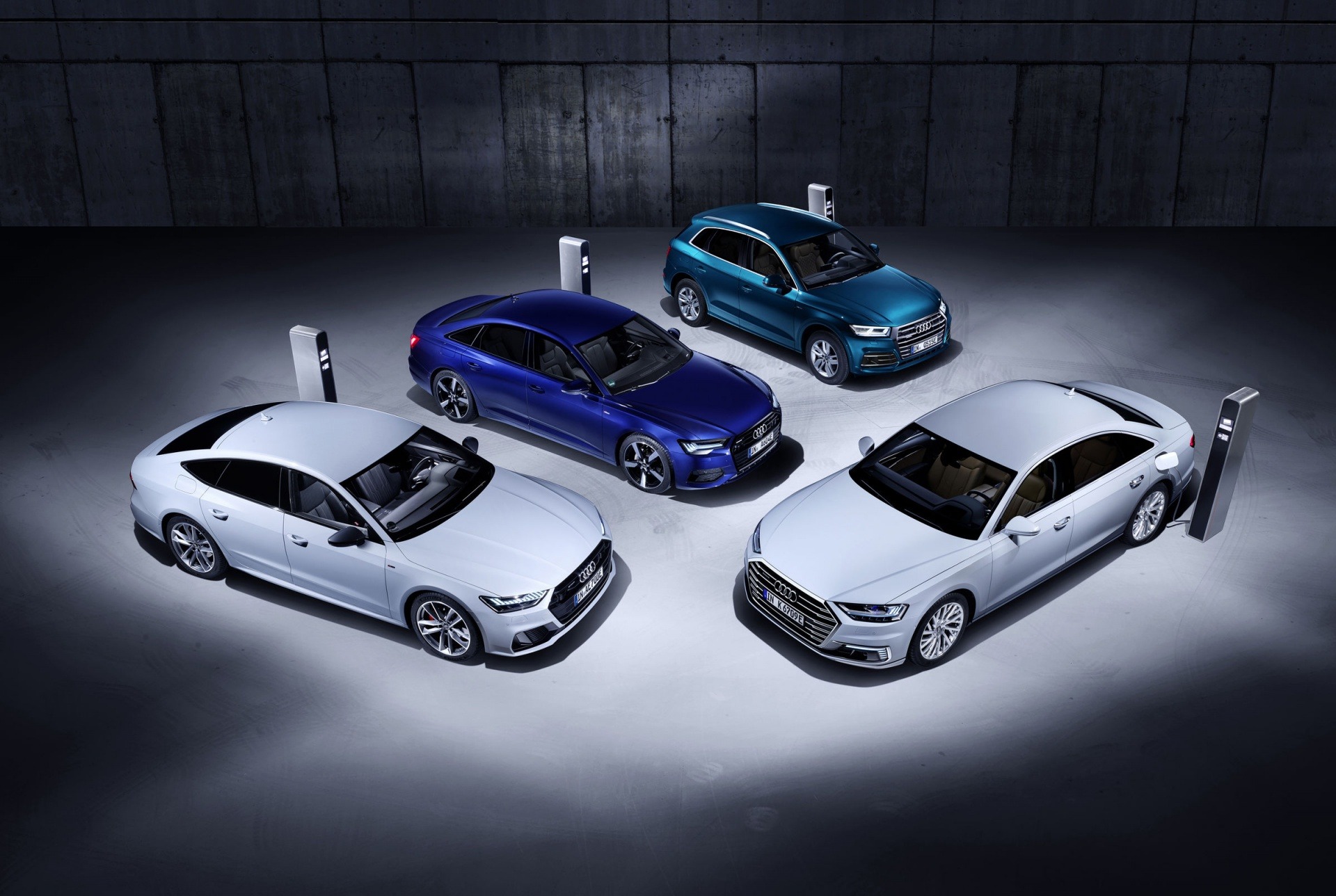Search the Community
Showing results for tags 'Audi'.
-
Like every other automaker out there, Audi is looking to electrify their lineup, that includes models from the Audi Sport division that produces the S and RS models for Audi. At the 2018 LA Auto Show, Audi introduced the E-tron GT Concept, based on the same platform as the Porsche Taycan. The...
-
-
-
Germany. Known for impeccable engineering, German vehicles usually have cutting-edge technology and are status symbols. Sweden. The Swedish are known for safety, and even though the only brand from Sweden is Volvo, they want to have a sleek design while making vehicles easy to drive. South Korea. In...
-
Germany. Known for impeccable engineering, German vehicles usually have cutting-edge technology and are status symbols. Sweden. The Swedish are known for safety, and even though the only brand from Sweden is Volvo, they want to have a sleek design while making vehicles easy to drive. South Korea. In...
-
After 25 years on the market in other countries as Forbidden Fruit, the Audi RS 6 Avant will finally be coming to the U.S. The RS 6 Avant comes with a 4.0 liter twin-turbo V8 that gets from naught to 62.1 mph in 3.6 seconds. On the track, the wicked wagon is capable of a top speed of 155 mph. Euro...
-
After 25 years on the market in other countries as Forbidden Fruit, the Audi RS 6 Avant will finally be coming to the U.S. The RS 6 Avant comes with a 4.0 liter twin-turbo V8 that gets from naught to 62.1 mph in 3.6 seconds. On the track, the wicked wagon is capable of a top speed of 155 mph. Euro...
-
Most Luxury dealerships offer a loaner car when a customer brings their vehicle in for service. But Audi is offering something different for new owners of 2019 or newer Audi vehicles. Audi owns the rental car company Silvercar, a firm that exclusively offers silver Audis as their rental fleet...
-
-
Audi has unveiled their updated Audi Q7 in Ingolstadt today. The new Q7 gets a more robust look with an even larger grille than before, but overall retains the same basic shape. The headlights can be optionally equipped with HD Matrix LED and Audi laser light. Many improvements went into the...
-
-
After 20 years, Audi will be sending off the TT coupe and convertible into the great parking lot in the sky. During the brand's annual meeting today, Audi CEO Bram Schot said a new strategy focusing on sustainability means the brand has to cut a number of models that don't make economic sense....
-
Another car is potentially on the chopping block as consumers continue their push into SUVs and Crossovers. Bram Schot, CEO of Audi, was asked by Autocar about the future of Audi TT. His words were grim for the lovers of 2-seater sports cars. Rumor has it that a possible replacement could b...
-
-

Audi Brings 4 Plug-In Hybrids to Geneva
Drew Dowdell posted an article in Geneva International Motor Show




